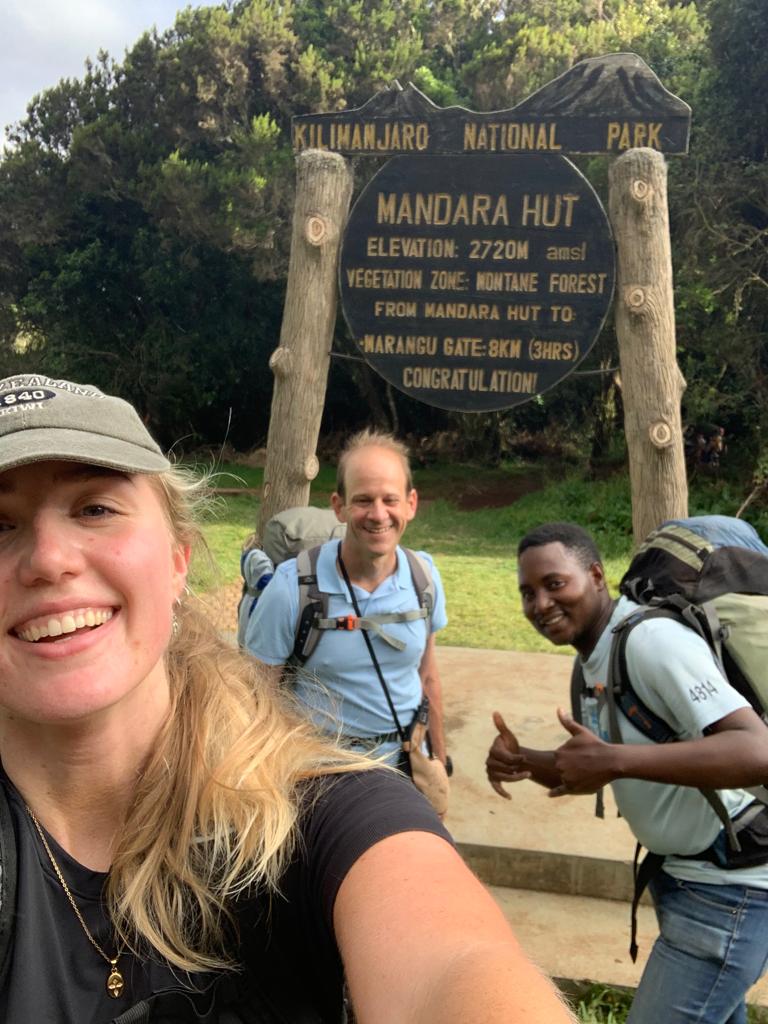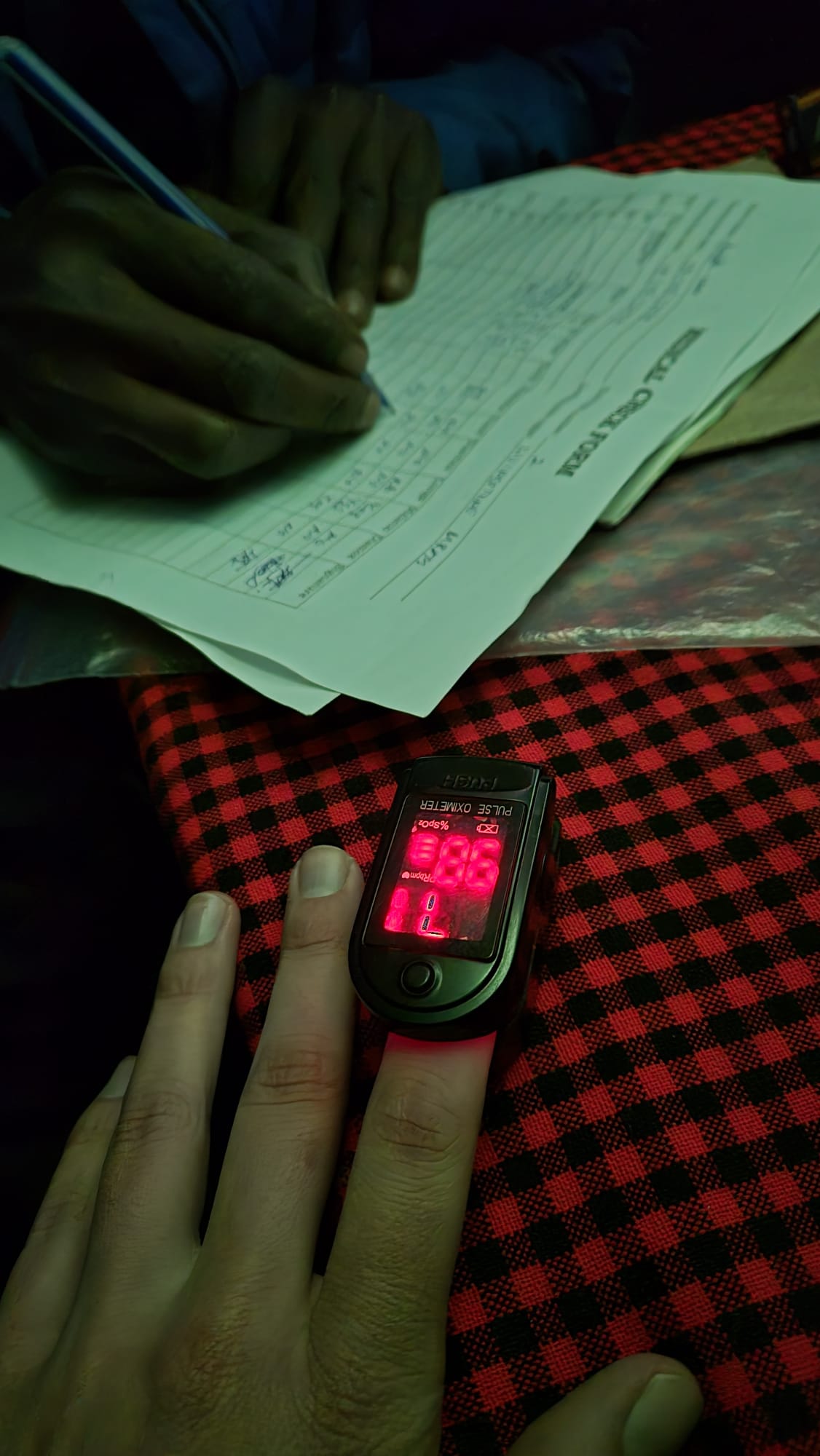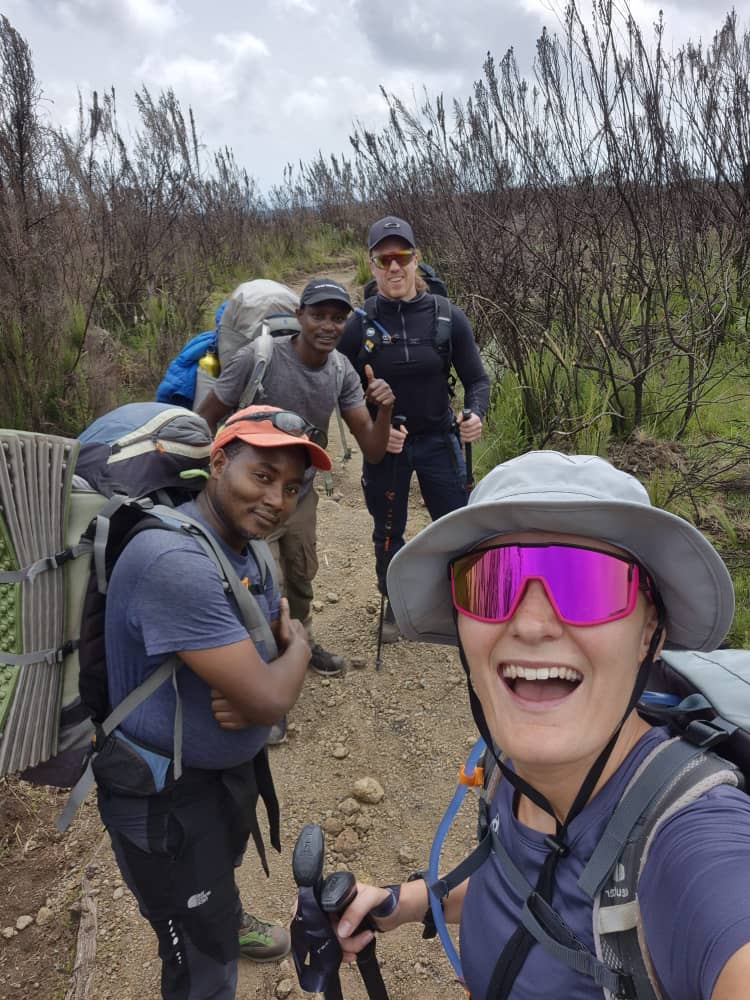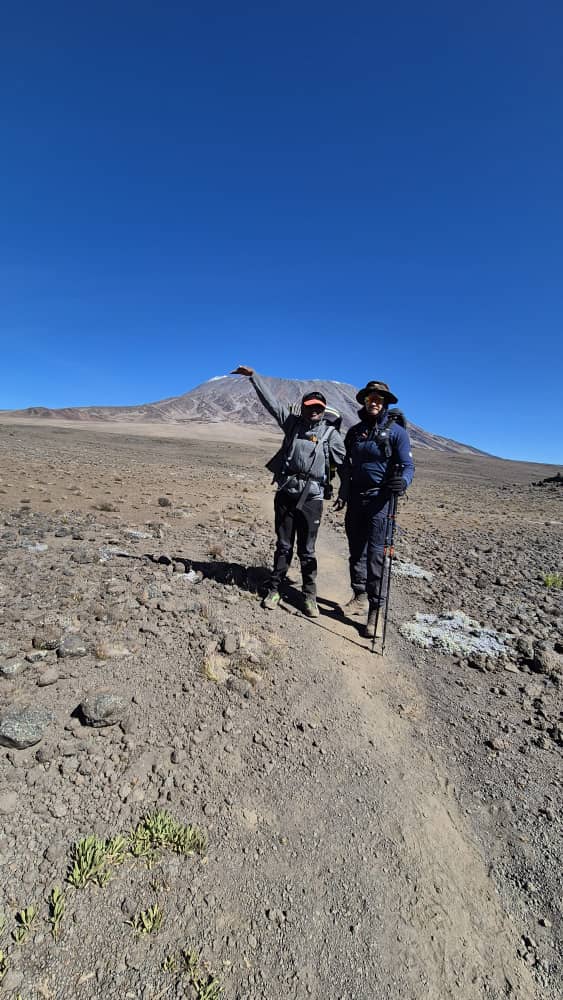Fitness and Altitude Sickness
Climbing Mount Kilimanjaro is a remarkable achievement that demands both physical preparation and an understanding of altitude-related challenges. At Discount Treks, led by seasoned guide Nickson Matowo, we prioritize your safety and success, ensuring you’re equipped to tackle this iconic ascent. While Kilimanjaro requires no technical climbing skills, it tests endurance, strength, and resilience due to its significant elevation gain, peaking at 5,895 meters (19,341 feet). Altitude sickness, a common concern above 2,500 meters, can affect even the fittest climbers, making preparation and awareness essential. This page explores the fitness requirements for a successful trek and offers expert guidance on recognizing, preventing, and managing altitude sickness, empowering you to reach Uhuru Peak with confidence.

Physical Fitness for Kilimanjaro
A Kilimanjaro climb is a physically demanding endeavor, typically involving 5-9 days of trekking across varied terrain, from lush rainforests to rocky alpine deserts. Daily hiking durations range from 4 to 15 hours, with the summit day often being the most grueling, requiring sustained effort at high altitude. While you don’t need to be an elite athlete, a moderate level of fitness is crucial to endure long hours on your feet and cope with elevation changes. Cardiovascular endurance is key, as it supports prolonged walking and aids oxygen delivery as air thins higher up. Activities like hiking, jogging, cycling, or swimming for 3-5 hours weekly in the months leading up to your trip build this stamina effectively. Strength training, focusing on legs and core, enhances stability and reduces fatigue—think squats, lunges, or stair climbing to mimic the mountain’s demands. Flexibility exercises, such as stretching or yoga, help prevent injuries on uneven trails. Discount Treks recommends starting preparation 3-6 months in advance, gradually increasing intensity, and including practice hikes with a loaded backpack to simulate carrying your daypack (5-10 kg). Our team assesses your fitness during pre-trek briefings to tailor pacing, ensuring a comfortable climb.
Understanding Altitude Sickness
Altitude sickness, or Acute Mountain Sickness (AMS), arises from reduced oxygen levels and lower air pressure at high elevations, typically above 2,500 meters—well within Kilimanjaro’s range. It can strike anyone, regardless of fitness, age, or experience, as the body struggles to adapt to less oxygen. Symptoms often emerge gradually, starting with mild discomfort like headaches, fatigue, nausea, or dizziness, which may appear as early as the second day on routes like Marangu or Rongai. If ignored, AMS can progress to severe forms—High Altitude Pulmonary Edema (HAPE) or High Altitude Cerebral Edema (HACE)—marked by shortness of breath, confusion, or loss of coordination, requiring immediate descent. On Kilimanjaro, the rapid ascent from Moshi (900 meters) to the summit amplifies this risk, but Discount Treks mitigates it through carefully designed itineraries. Longer routes, such as the 8-9 day Northern Circuit, allow gradual acclimatization, significantly reducing AMS incidence, our success rate exceeds 95% on these treks. Understanding these risks empowers you to climb smartly and safely with our support.


Preparing for Altitude
Preparation for altitude begins well before your trek, complementing physical fitness with strategic acclimatization. Training at elevation, if possible, acclimates your body to lower oxygen levels hiking at 2,000-3,000 meters or using altitude simulation tools can help. Cardiovascular fitness enhances oxygen efficiency, so consistent aerobic exercise is a cornerstone of preparation. Hydration is vital, as dehydration exacerbates AMS aim for 3-4 liters daily during training and on the mountain, a practice Discount Treks reinforces with ample water supplies. Consult your doctor about prophylactic medication like Diamox (acetazolamide), which speeds acclimatization by adjusting blood pH; start it a day before climbing if prescribed. Our guides emphasize the “climb high, sleep low” principle, incorporated into routes like Lemosho, where you ascend during the day and rest at lower camps. Pre-trek briefings with Nickson cover pacing “pole pole” (slowly, slowly), to conserve energy and aid adaptation, ensuring your body adjusts as you gain altitude.
Managing Altitude Sickness on the Climb
During your Kilimanjaro ascent, recognizing and managing altitude sickness is a shared responsibility between you and our expert team. Mild symptoms like headaches or tiredness are common and often resolve with rest, hydration, and pain relievers like ibuprofen, which we recommend carrying. Discount Treks’ guides monitor your condition daily using pulse oximeters to track oxygen saturation and heart rate, catching early warning signs. If symptoms persist or worsen—such as vomiting, severe fatigue, or difficulty breathing—we act swiftly, adjusting pace, offering supplemental oxygen if needed, or initiating descent, as it’s the only cure for severe AMS. Our itineraries include buffer time for rest, and longer routes provide acclimatization days, like at Horombo Hut on the 6-day Marangu, reducing risk. Open communication is key report any discomfort to your guide immediately. With over a decade of experience, Nickson Matowo and our crew ensure your safety, balancing ambition with caution to get you to the summit and back.

